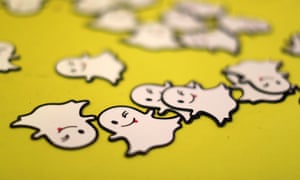Germany leads fightback against fake news
There was a story in Germany reported by Breitbart that a mob attacked the oldest church in the country, St Reinold's Church in Dortmund. In a subsequent article, the publisher admitted that St Reinold's actually isn't the oldest church in Germany. Fake news. Anas Modamani, a 19-year-old Syrian took a selfie with Angela Merkel and as it went viral, so too did the false claim that he was a terrorist. Fake news. Stories like this are now being used in a way that they help fulfil an agenda, in this case an anti-Islamist one, that is both divisive and just a complete misrepresentation of true events. Measures to prevent stories from disseminating though, have already been established. In Germany, Facebook employ independent, young fact-checkers part of a newsroom called Correctiv.
I think from this story, it's clear that both the United States and Britain could take some pointers from Germany on how to combat fake news. Social media is the main territory where this news spreads, so by establishing fact-checkers within some of them like Facebook, it's a lot harder for these kind of articles to travel. However it'll have to be seen whether or not the country will be able to keep this up come election time as this is likely when stories of this nature will be at their peak.




